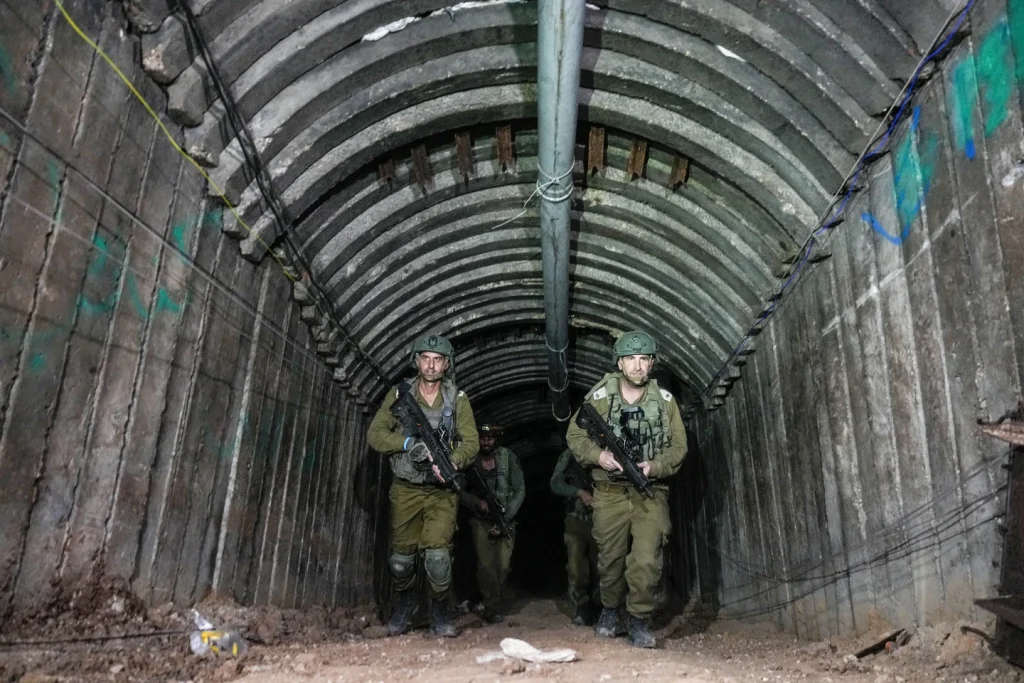On Sunday, the Israeli military revealed that it had discovered a large tunnel shaft in Gaza, located near what was once a bustling crossing into Israel.
This discovery has raised new questions about how Israeli surveillance missed such conspicuous preparations by Hamas for the militants’ deadly Oct. 7 assault.
The entryway to the tunnel is situated just a few hundred meters from the heavily fortified Erez crossing and a nearby Israeli military base.
The military has reported that the tunnel stretches for over four kilometers (2½ miles), links up with a sprawling tunnel network across Gaza, and is wide enough for vehicles to pass through.
The army stated that the tunnel facilitated the transit of vehicles, militants, and supplies in preparation for the Oct. 7 attack.
On that fateful day, militants used a rocket-propelled grenade to break through the portion of the wall close to the Erez crossing and stormed the base, killing at least three soldiers and kidnapping some back to Gaza, according to the army.
This was one of several places along the border wall where militants easily bypassed Israel’s security defenses, entered Israeli territory, and killed around 1,200 people while taking about 240 others hostage.
The discovery of this tunnel shaft has prompted a reevaluation of Israeli surveillance practices in the Gaza Strip.
The fact that such a large tunnel could go unnoticed for so long, despite its proximity to a major crossing and military base, is a cause for concern.
It raises questions about the effectiveness of Israeli surveillance and the ability of Hamas to carry out attacks undetected.
The Israeli military has stated that it is taking steps to address this issue, including increasing surveillance and intelligence gathering in the Gaza Strip.
However, it is clear that more needs to be done to prevent future attacks and ensure the safety of Israeli citizens.
The discovery of this tunnel shaft also highlights the ongoing conflict between Israel and Hamas in the Gaza Strip.
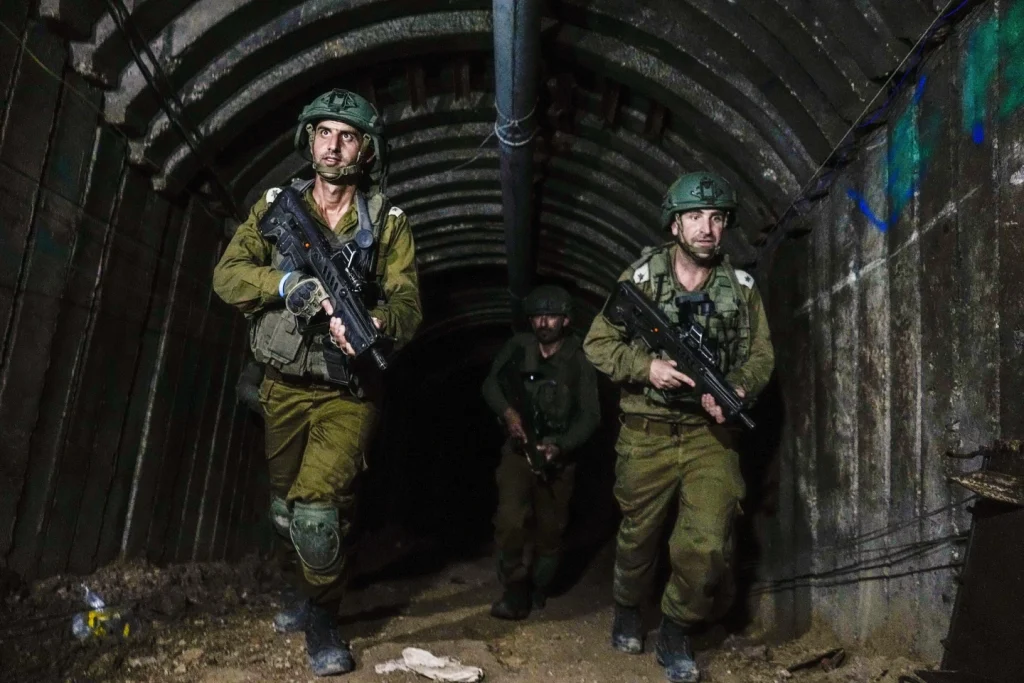
The use of tunnels by Hamas has been a significant challenge for Israeli security forces, as these tunnels allow militants to bypass traditional security measures and carry out attacks on Israeli soil.
The discovery of this tunnel shaft serves as a reminder of the ongoing threat posed by Hamas and other militant groups in the Gaza Strip. It is a stark reminder of the need for continued vigilance and strong security measures to protect Israeli citizens from harm.
In conclusion, the discovery of this tunnel shaft near the Erez crossing in Gaza has raised serious questions about Israeli surveillance practices and the ongoing conflict between Israel and Hamas.
It serves as a reminder of the ongoing threat posed by militant groups in the region and the need for continued vigilance and strong security measures to ensure the safety of Israeli citizens.
The recent and unprecedented attack has sparked a devastating conflict that has persisted for over 10 weeks, resulting in the tragic loss of more than 18,000 lives in the Gaza Strip, which is under the rule of Hamas, as reported by Palestinian health authorities.
Israel has emphasized that the obliteration of Hamas’ intricate tunnel network stands as a primary objective, contending that a significant portion of the subterranean infrastructure traverses beneath crucial civilian establishments such as schools, hospitals, and residential areas.
Israel’s military, intelligence, and political leadership have faced substantial censure for their failure to preemptively detect the assault.
Major Nir Dinar, a military spokesperson, disclosed that Israeli security services were unaware of the tunnel’s existence prior to October 7, attributing this to the fact that Israel’s border defenses were only equipped to identify tunnels designed to infiltrate Israeli territory.
Dinar highlighted that the tunnel in question does not extend from Gaza into Israel, terminating within a 400-meter proximity to the border, thereby evading detection by standard indicators.
He further elucidated that the entry point, characterized by a circular cement aperture leading to an expansive passageway, was concealed beneath a garage, rendering it impervious to surveillance by Israeli drones and satellite imagery.
The military was cognizant of the fact that Hamas had an extensive tunnel network, however, Dinar stated that they did not anticipate the militants would be able to execute their plans for a large-scale attack. “
It comes as no surprise that this was the Hamas strategy all along,” Dinar remarked. “The surprising aspect is that they have managed to succeed, and the size of this tunnel was truly shocking.”
The Erez crossing, a fortress-like facility responsible for processing the movement of Palestinians into Israel for work, medical care, and transit to neighboring Jordan, held significant symbolic value for Hamas.
The substantial crossing was heavily guarded by security cameras, military patrols, and an adjacent military base. Unfortunately, the crossing sustained severe damage on October 7 and has not yet reopened.
The army’s special “Yahalom” unit, renowned for its expertise in tunnel warfare, has been diligently working to excavate the tunnel ever since its initial detection.
The unit has been conducting thorough searches and has recently made a significant discovery of weapons hidden within the tunnel.
This finding not only underscores the critical importance of the unit’s ongoing efforts to combat underground threats, but also serves as a stark reminder of the ever-present dangers posed by clandestine tunnels.
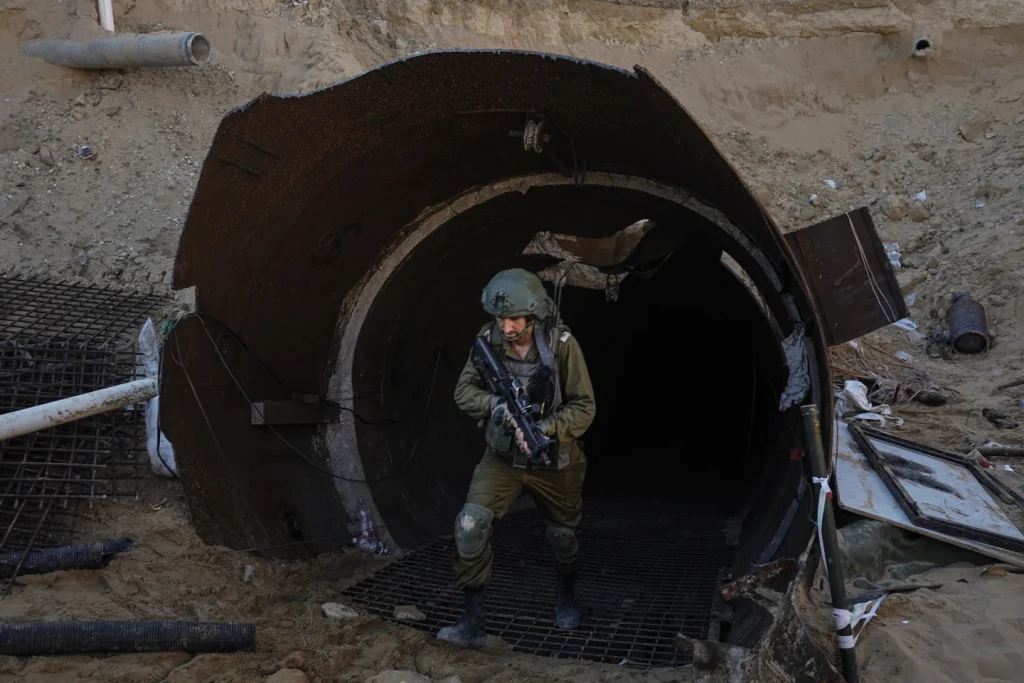
The army’s unwavering commitment to uncovering and neutralizing such threats is a testament to their dedication to ensuring the safety and security of the nation and its citizens.
The discovery of weapons within the tunnel further highlights the need for continued vigilance and proactive measures in addressing the persistent threat of tunnel warfare.
The army’s “Yahalom” unit’s tireless efforts in this regard are commendable and exemplify the highest standards of military professionalism and dedication to safeguarding the country’s interests.
It is indeed concerning to discover such a large tunnel adjacent to the Gaza border, especially considering the implications it has for prewar intelligence. Rear Adm.
Daniel Hagari’s statement about this being the biggest tunnel in Gaza raises serious questions about the level of awareness and preparedness prior to the war.
The fact that troops have also discovered at least two other “city-sized” tunnels of similar scope is alarming. The sheer scale of these tunnels and the fact that they were in use during the war highlights a significant failure in intelligence and security measures.
It is deeply troubling to think about the potential harm that could have been caused by these tunnels had they not been discovered.
Rear Adm. Daniel Hagari’s description of the tunnel as a “flagship project” that was finished and ready is particularly concerning.
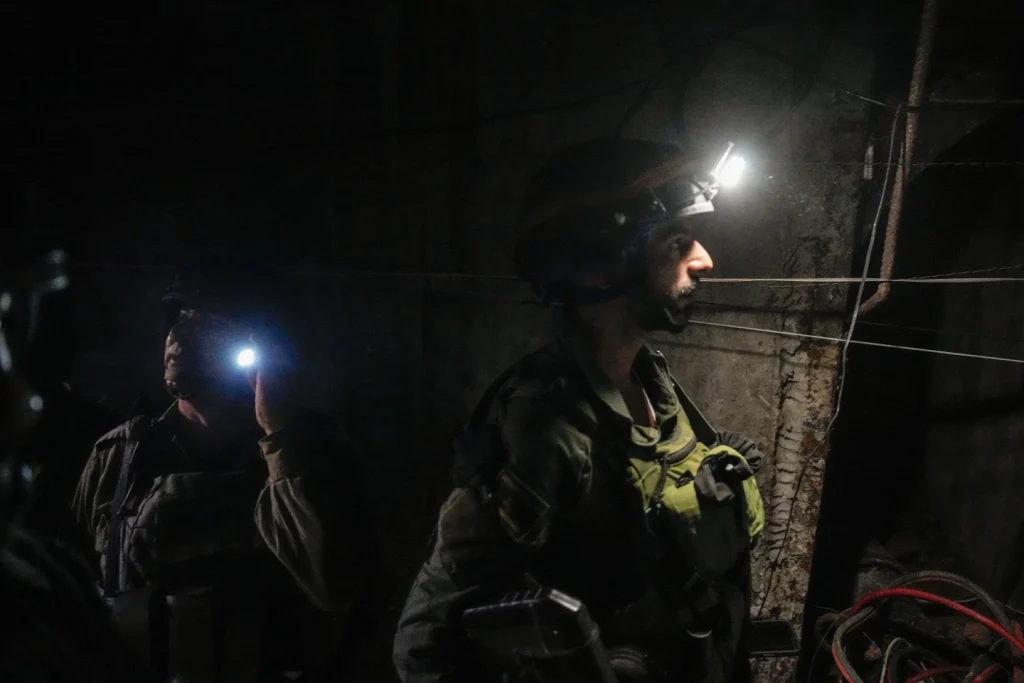
The fact that it was fully operational and utilized by Hamas militants during the war speaks volumes about the level of preparedness and intelligence gathering on the part of Israeli forces.
It is imperative that thorough investigations and assessments are conducted to understand how such large-scale tunnels were able to go undetected.
The implications of these findings are not only relevant to the recent conflict but also have significant implications for future security measures and intelligence gathering.
Moving forward, it is crucial that comprehensive measures are put in place to prevent similar oversights in the future.
The discovery of these tunnels serves as a stark reminder of the ever-evolving nature of security threats and the need for constant vigilance and adaptation in response to these threats.
It is essential that lessons are learned from this discovery to ensure that such oversights do not occur again in the future.
The recent discovery of a large tunnel adjacent to the Gaza border by Israel has undoubtedly raised critical questions regarding prewar intelligence and underscores the ongoing security challenges in the region.
The assessment provided by Dinar, particularly the detailed description of the tunnel’s dimensions and infrastructure, sheds light on the extensive resources and planning that were required for its construction.
The sheer scale of this tunnel, being twice the height and three times the width of other tunnels found in Gaza, along with its sophisticated features such as ventilation, electricity, and its substantial depth of 50 meters underground in certain sections, underscores the complexity and strategic significance of this discovery.
The revelation that substantial financial investment, as well as a significant allocation of manpower and fuel, were necessary for the construction and maintenance of this tunnel, underscores the magnitude of the challenge that such underground passages pose to security forces.
The commitment expressed by Hagari and the military’s intention to destroy the tunnel and continue to pursue militants, even if it requires navigating through these subterranean networks, highlights the gravity of the situation and the unwavering dedication to ensuring the safety and security of the region.
The emphasis on the need to locate and neutralize potential threats while also prioritizing the rescue of hostages, especially considering the possibility that some may be concealed within the tunnels, underscores the multifaceted and complex nature of the security operations in the area.
This approach not only demonstrates the military’s resolve to address immediate threats but also reflects a commitment to upholding humanitarian principles in the face of adversity.
The discovery of this large and sophisticated tunnel serves as a stark reminder of the ongoing security challenges faced by the region and the critical importance of robust intelligence gathering and preemptive measures to address such threats.
It also underscores the need for continued collaboration and coordination among security forces to effectively address the evolving tactics employed by militant groups, particularly in utilizing subterranean infrastructure for their activities.
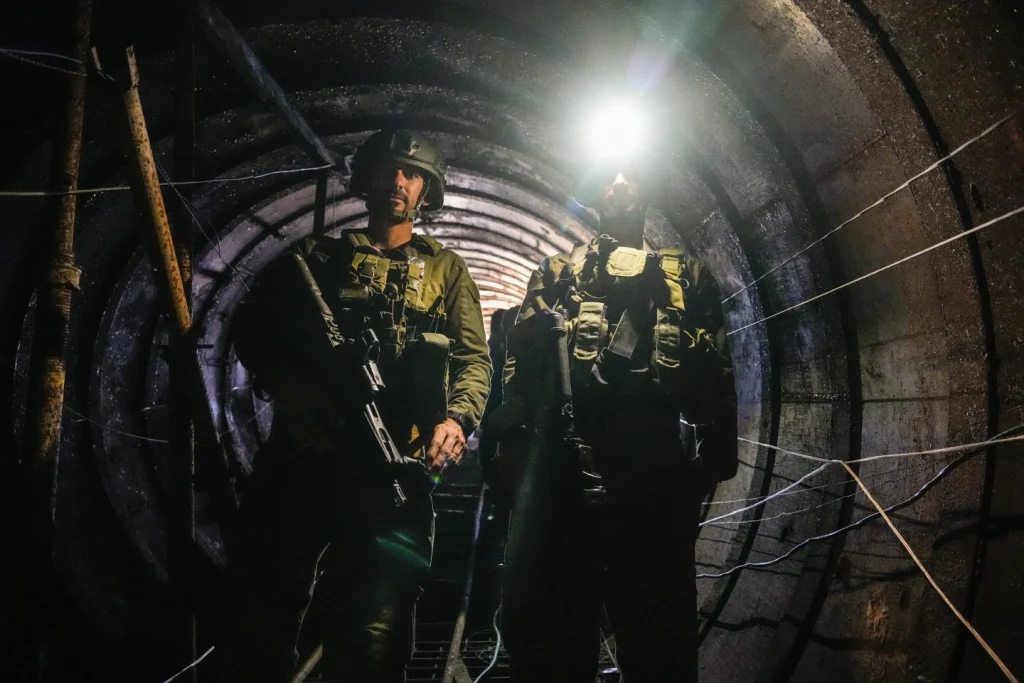
In conclusion, the discovery of this significant tunnel near the Gaza border necessitates a comprehensive reassessment of prewar intelligence capabilities and operational strategies.
It also serves as a poignant reminder of the ongoing security imperatives in the region and the unwavering commitment of security forces to address these challenges with utmost diligence and resolve.
